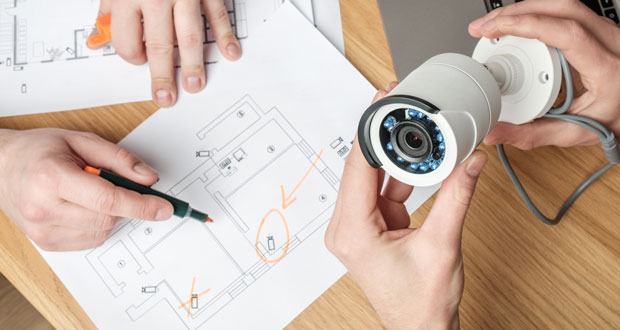A new report from Brivo, a global provider of cloud-based access control and smart building technologies, finds that while security is a new priority in building design, a mismatch between ambition and reality leads to spiralling costs.
The results of Brivo’s research into integrated physical security in building design by Architecture, Engineering and Construction (AEC) practitioners, has revealed that despite an increased commitment to “security-by-design” principles, the industry is still spending significant time and money post-build to fix security issues, risking dire retroactive effects.
The report, The State of ‘Security-by-Design’: Is Security an Afterthought in Building Design?, surveyed 800 decision-makers in building design across the US, UK, and the DACH regions. The results show that physical security is, today, more important in building design than ever. A decade ago, security was not considered a top priority, but it is now a top three concern—only safety and sustainability were seen as more important.
The good news, says Brivo, is that AEC practitioners have responded to this demand, and 56 per cent now have a process for integrating security into building design, and 41 per cent are currently implementing such a process. There is also a good understanding of the need for physical security to be an integral part of design, rather than “patched-in” later, with 94 per cent of AEC practitioners agreeing.
However, reality is falling short of ambition. When responsible for security post-build, many report that fixing physical security problems adds additional costs as high as 20 per cent.
Paula Balmori, Director of Global Security Design & System Integrations, Brivo commented: “Time and money spent fixing security issues post-build are a problem, but it’s the retroactive effects that can create real issues. Failing to reach milestones can trigger contractual clauses that lead to damages, and clients can even end up taking legal action if delays are excessive and lead to a break of contract.”
When asked about the greatest barriers to implementing security by design, respondents cited regulations, budget constraints and design and aesthetic conflicts as the main problems they encountered, reflecting a change in priority that the industry has yet to fully grapple with.
But demands for integrated physical security in design are here to stay adds Brivo, with 89 per cent of respondents reporting that security was a part of the design briefs they received, and 88 per cent have seen a rise in customer demand for security integration.
Balmori continued: “It would be madness today to design a building and leave plumbing, heating and lighting as an afterthought to be figured out later—similarly, we would not expect construction to be postponed because of issues with the planning of these key utilities. Physical security needs to be seen the same way. Too often we see sub-par solutions put in place because not enough thought was given to security at the design stage. The good news is that the industry understands this issue—now, they just need to make sure that the results match this understanding.”





